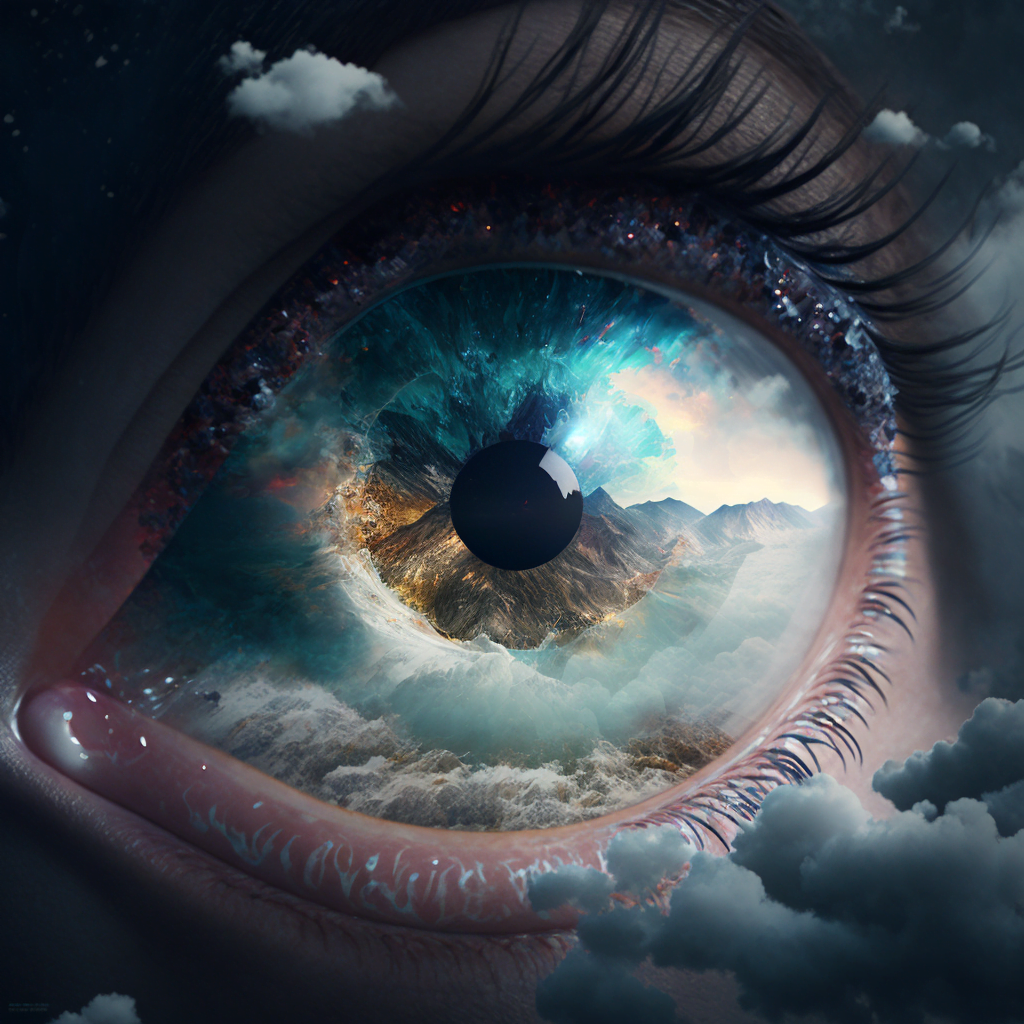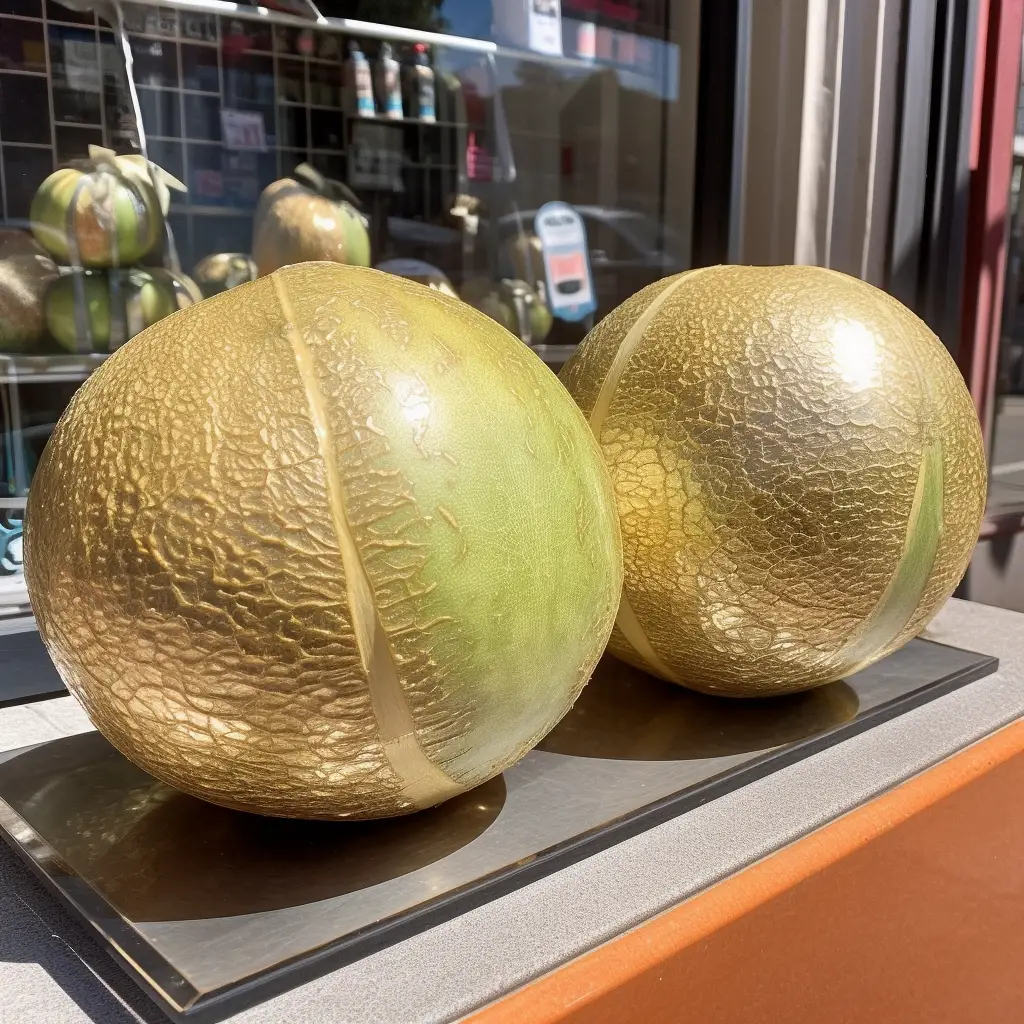
Writing is an art, and like any art form, it takes time, practice, and dedication to master. One aspect of writing that can be particularly challenging, yet incredibly rewarding when done well, is the use of imagery.
Now, you might be wondering what exactly is imagery in writing and how to use it effectively. Let’s jump to it and explore everything about imagery and how to use it in your own writing.
What’s the Definition of Imagery?
Imagery is a literary device that creates vivid mental pictures through descriptive language, appealing to the reader’s senses like sight, sound, touch, taste, and smell.
Picture this — you’re reading a novel, and suddenly you’re transported to another world. You can hear the rustling leaves, feel the warmth of the sun on your face, and smell the fragrant flowers in bloom.
What just happened?
You’ve experienced the power of imagery, a skill that expert writers employ to engage their readers and draw them into the narrative.
Imagery in writing is more than just flowery language or a clever turn of phrase. It’s the writer’s ability to create vivid sensory experiences that captivate readers and evoke emotions.
It’s a powerful tool that can make or break a piece of writing. How can you learn to harness this power in your own work? Well, it’s easier than you think.
The Magic of Imagery in Writing
We’ve all been captivated by a story or a passage that painted a vivid picture in our minds, making us feel like we were right there, experiencing everything the characters did.
That, in its essence, is the power of imagery in writing. Imagery engages our senses — sight, sound, touch, taste, and smell — to transport us into the world of the written piece. In fact, that’s partially where the psychological term for why this works on us hairless apes — transportation theory — came from.
To truly appreciate the magic of imagery, let’s dive into its various forms and understand how they can enhance our writing.
#1. Visual Imagery: Picture This
As the name suggests, visual imagery is all about creating a mental image for your reader. The key is to paint a picture with words, using precise and vivid language that brings scenes to life.
Example: Instead of saying, “The park was beautiful,” you could write, “Sunlight streamed through the emerald leaves, casting a warm glow on the vibrant flowerbeds that lined the cobblestone paths.”
#2. Auditory Imagery: Can You Hear That?
This form of imagery focuses on the sense of sound, invoking the reader’s auditory imagination. To create auditory imagery, describe noises or sounds in a way that makes the reader feel as if they’re hearing it themselves.
Example: “The wind whistled through the trees, accompanied by the distant laughter of children playing.”
#3. Tactile Imagery: Feel the Words
Tactile imagery appeals to the sense of touch, making the reader feel textures, temperatures, and sensations. To create this type of imagery, describe how something feels against the skin or underfoot.
Example: “Her feet sank into the cool, damp sand as the salty waves lapped at her ankles.”
#4. Gustatory Imagery: A Taste of Writing
Gustatory imagery is all about tantalizing the reader’s taste buds by describing flavors and the experience of eating or drinking. To use this type of imagery, focus on specific tastes, textures, and sensations.
Example: “She savored the velvety smoothness of the rich chocolate mousse, a delightful blend of sweetness and bitterness dancing on her tongue.”
#5. Olfactory Imagery: Follow Your Nose
Olfactory imagery involves the sense of smell, using descriptive language to evoke scents and aromas. By incorporating this type of imagery, your reader can almost smell the fragrances you describe.
Example: “The air was heavy with the earthy scent of rain-soaked soil and the delicate perfume of blooming jasmine.”
Mastering the art of imagery takes practice, but it’s worth the effort. By weaving sensory details into your writing, you can transport your reader into the world you’ve created, making your work more immersive and engaging.
How to Use Imagery in Your Own Writing?
As we’ve explored earlier, imagery is a potent tool for evoking sensory experiences and breathing life into your writing.
But when it comes to the golden rule of “Show, don’t tell,” imagery becomes your trusty sidekick, enabling you to create vivid, immersive scenes that draw your reader in and captivate their imagination.
So, how can you effectively intertwine imagery with “Show, don’t tell” to elevate your writing? Well, probably the easiest way isn’t when you’ve first put pen to paper, it’s the boring part that so many writers loathe to participate in — editing.
Simply put, after you’ve crafted your amazing piece, go back over it with a fine tongue and look where you can add in some more juicy flavor or eye-popping imagery.
More specifically, try to do some of the following when adding imagery:
#1. Identify Opportunities for Showing
First and foremost, analyze your writing and pinpoint areas where you can replace telling with showing. Look for times when you’ve stated emotions, actions, or descriptions outright, and consider how you can recreate them using sensory language and imagery.
#2 Be Specific and Deliberate
When transforming these sections, avoid vague or generic descriptions. Instead, focus on concrete, specific details that conjure up images in the reader’s mind.
For example, instead of writing, “He was angry,” you could show the emotion through his actions and sensory cues: “His face flushed crimson as he clenched his fists, knuckles turning white.”
#3. Use Metaphors and Similes
Metaphors and similes are powerful tools for creating imagery in “Show, don’t tell.” By comparing one thing to another, you can paint a vivid picture for your reader without explicitly stating the emotion or description.
For instance, “Her eyes sparkled like stars in the night sky,” helps the reader visualize the character’s eyes and suggests happiness or excitement without saying it outright.
#4. Play with Sentence Structure and Pacing
Varying your sentence structure can contribute to the “Show, don’t tell” effect. Longer, more complex sentences can be used to build tension or convey a character’s thought process, while shorter sentences can create a sense of urgency or abruptness. Additionally, consider the pacing of your scenes, and use imagery to slow down or speed up the narrative as needed.
#5. Practice, Practice, Practice
As with any writing skill, practice is the key to mastering the art of intertwining imagery and “Show, don’t tell.” Experiment with different approaches and techniques to find what works best for you and your story.
And don’t be afraid to revise and rewrite — often, the most potent imagery comes from refining your prose through multiple drafts!
By incorporating imagery into your “Show, don’t tell” efforts, you’ll not only create a richer, more engaging reading experience but also strengthen your writing skills and develop a unique, memorable narrative voice.
Here’s a few more examples if you want some ideas to butter up that imaginative brain of yours.
Imagery Examples to See For Yourself
- The autumn leaves crunched beneath her feet like brittle toast, their vibrant hues painting the ground in shades of orange, red, and gold.
- The aroma of freshly brewed coffee wafted through the air, mingling with the buttery scent of warm croissants and cinnamon pastries.
- Thunder rumbled in the distance, a low growl that shook the earth as lightning streaked across the inky sky like jagged, white-hot veins.
- The ocean waves crashed against the shore, a rhythmic lullaby of swirling blues and greens, as salty mist hung in the air.
- The sun dipped below the horizon, casting a breathtaking symphony of colors across the sky — warm pinks, fiery oranges, and deep purples.
- The soft cooing of doves echoed through the morning air, accompanied by the gentle rustling of leaves in the cool, crisp breeze.
- A symphony of laughter and music filled the room, punctuated by the clinking of glasses and the murmur of hushed conversations.
- The icy wind howled, biting at their cheeks and noses, as snowflakes danced through the air like delicate crystal butterflies.
- The velvety darkness enveloped them, a blanket of silence pierced only by the haunting hoot of an owl in the distance.
- The rain tapped against the windowpane, a soothing rhythm that accompanied the crackling of the fireplace and the scent of burning cedar.
10 Imagery Examples from Famous Literature
- “The sun shone, having no alternative, on the nothing new.” — Samuel Beckett, Murphy
- “It was a bright cold day in April, and the clocks were striking thirteen.” — George Orwell, 1984
- “The petals were voluminous enough to be stirred by the summer breeze, and when they moved, the red, blue, and yellow lights passed one over the other, staining an inch of the brown earth beneath with a spot of the most intricate color.” — Virginia Woolf, To the Lighthouse
- “In the eastern sky there was a yellow patch like a rug laid for the feet of the coming sun…” — John Steinbeck, The Red Pony
- “The sunsets were purple and red and yellow and on fire, and the clouds would catch the colors everywhere.” — S.E. Hinton, The Outsiders
- “The scarlet of the maples can shake me like a cry of bugles going by.” — Gwendolyn Brooks, Annie Allen
- “It was a rimy morning, and very damp. I had seen the damp lying on the outside of my little window, as if some goblin had been crying there all night, and using the window for a pocket-handkerchief.” — Charles Dickens, Great Expectations
- “And then her heart changed, or at least she understood it; and the winter passed, and the sun shone upon her.” — J.R.R. Tolkien, The Return of the King
- “Something stung his left hand. He slapped at it, expecting to see an insect. He looked down to see a pale yellow leaf. It fell to the ground with a rustle. On the back of his hand, a veining of red, wet blood welled up. The wood whispered about them.” — Neil Gaiman, Stardust
- “Love blurs your vision; but after it recedes, you can see more clearly than ever. It’s like the tide going out, revealing whatever’s been thrown away and sunk: broken bottles, old gloves, rusting pop cans, nibbled fishbodies, bones. This is the kind of thing you see if you sit in the darkness with open eyes, not knowing the future.” — Margaret Atwood, Cat’s Eye
The Evolution of Imagery in Literature
Like a river flowing through the centuries, the art of imagery has been a constant, yet ever-evolving, element in literature. Ancient texts, such as Homer’s “Iliad” and “Odyssey,” used vivid descriptions to paint mind pictures of epic battles and heroic deeds, transporting listeners to the grandeur of ancient Greece.
Fast forward to the Romantic period, and we find the likes of Wordsworth and Keats crafting exquisite scenes of natural beauty that spoke to our deepest emotions.
And today, modern novelists continue this proud tradition, using imagery to create immersive worlds that captivate our senses and engage our imaginations. As we journey through the ages, we see that the form and style of imagery may change, but its purpose remains the same: to awaken the reader’s senses and bring the story to life.
Benefits of Using Imagery in Storytelling
What makes a story unforgettable? Is it the plot twists, the characters, or perhaps the dialogue? While all these elements play a part, there’s a secret ingredient that gives a narrative its zest: imagery.
By painting vivid sensory experiences, imagery allows readers to not just read, but to taste the sweetness of a character’s favorite dessert, to smell the damp earth after a rainstorm in the setting, and to hear the soft rustle of a dress in a pivotal scene. It breathes life into your writing, making your story not just a sequence of events, but a symphony of sensory experiences.
It’s the magic wand that transforms the ordinary into the extraordinary, creating a world that lingers in the reader’s mind long after the last page is turned.
Imagery and the Reader’s Mind
In the vast canvas of the reader’s mind, words are the brushstrokes that create the painting. And there’s no better tool for this than imagery. By appealing to the reader’s senses, imagery stimulates their imagination, allowing them to visualize the story in rich detail. But it goes deeper than that.
Research in the field of cognitive psychology suggests that engaging the senses through imagery can enhance memory recall and emotional connection. When you describe the velvety texture of a rose petal or the intoxicating aroma of a bustling spice market, you’re doing more than creating a mental picture. You’re forging an emotional bond between the reader and the story, turning abstract concepts into concrete experiences that resonate on a deeply personal level.
It’s a powerful tool that not only makes your writing more vivid but also helps your reader form a stronger connection with your narrative.
Exploring the Five Senses in Imagery
What’s the secret to writing captivating imagery? It lies in understanding and harnessing the power of our five senses. Each sense offers a unique pathway to the reader’s mind and emotions, and mastering how to evoke them can elevate your writing to new heights.
Sight, the most commonly used sense in writing, can paint vibrant scenes and evoke strong emotions. The sight of a single red rose on a snowy windowsill can conjure feelings of romance, longing, or even melancholy.
Sound, often overlooked, can set the mood or provide background to a scene. The distant howl of a wolf, the soft whisper of the wind, or the cheerful bubbling of a brook can transport your reader straight into your world.
Touch allows your reader to connect on a tactile level. The rough bark of a tree, the smooth silk of a dress, or the comforting warmth of a cup of tea can all bring your story to life.
Taste can be a potent tool for evoking memories or emotions. The sweet tartness of a berry, the comforting richness of hot chocolate, or the bitter sting of black coffee can add depth to your character’s experiences.
Smell, while often underutilized, can be incredibly powerful. Scents are closely linked to memory and emotion, and the smell of fresh-cut grass, rain-soaked earth, or a beloved grandmother’s perfume can evoke vivid reactions.
By weaving all five senses into your writing, you create a tapestry of sensory experiences that can make your narrative truly unforgettable.
Good luck and happy writing!
J.J. Pryor
If you’re thirsty for more writing knowledge, head over here to learn all 74 literary devices.
For more essays and shenanigans, come check out Pryor Thoughts.




